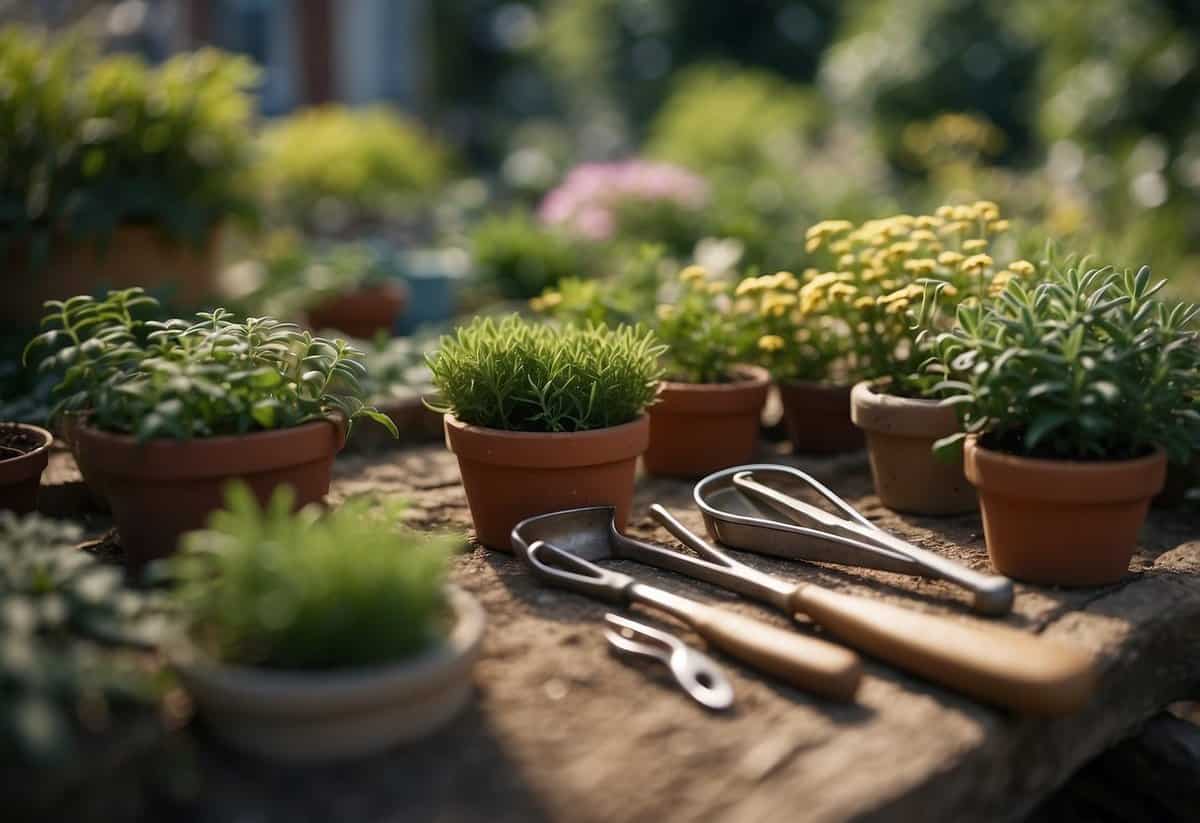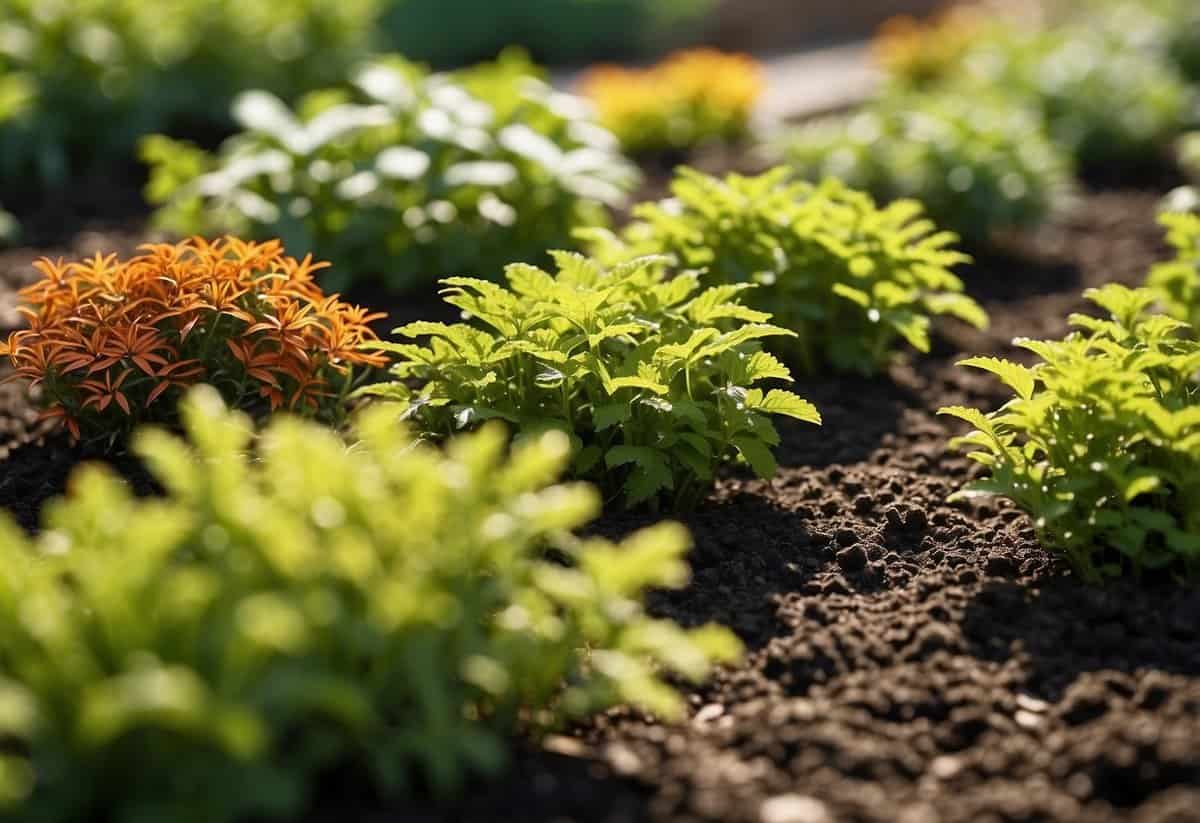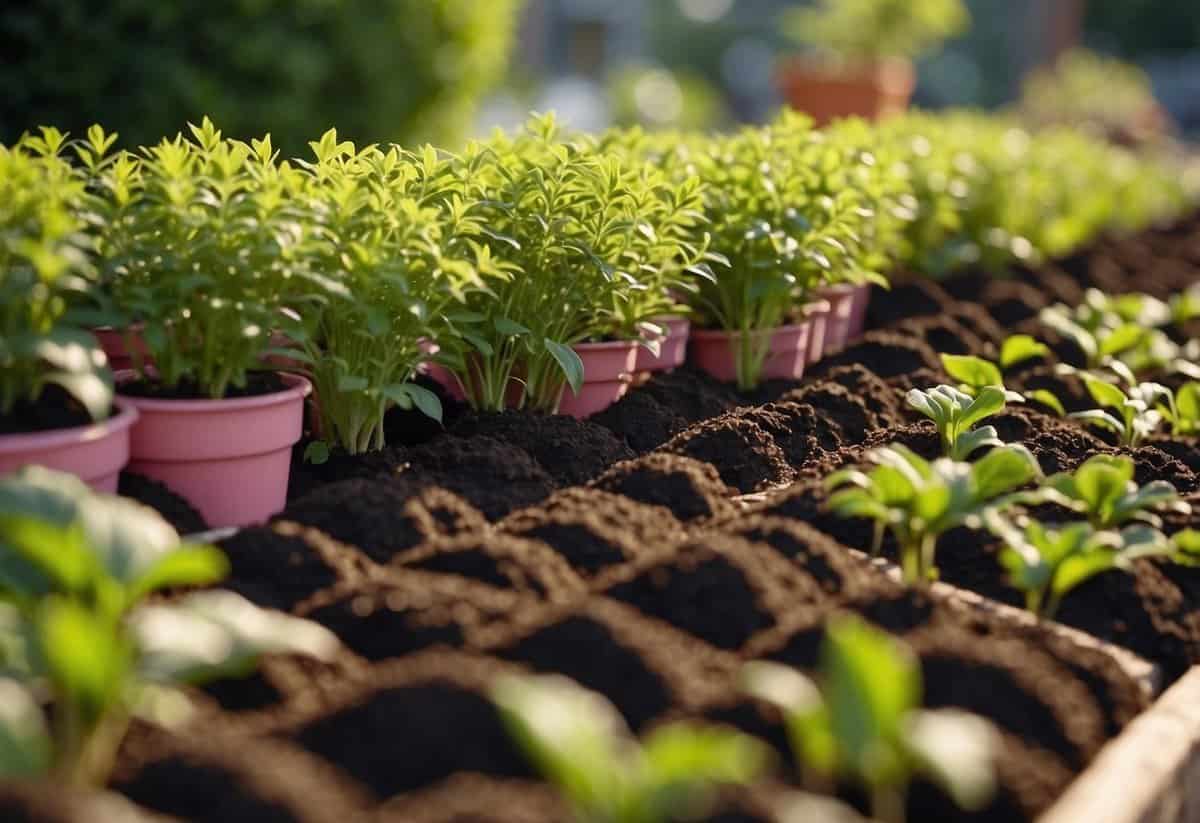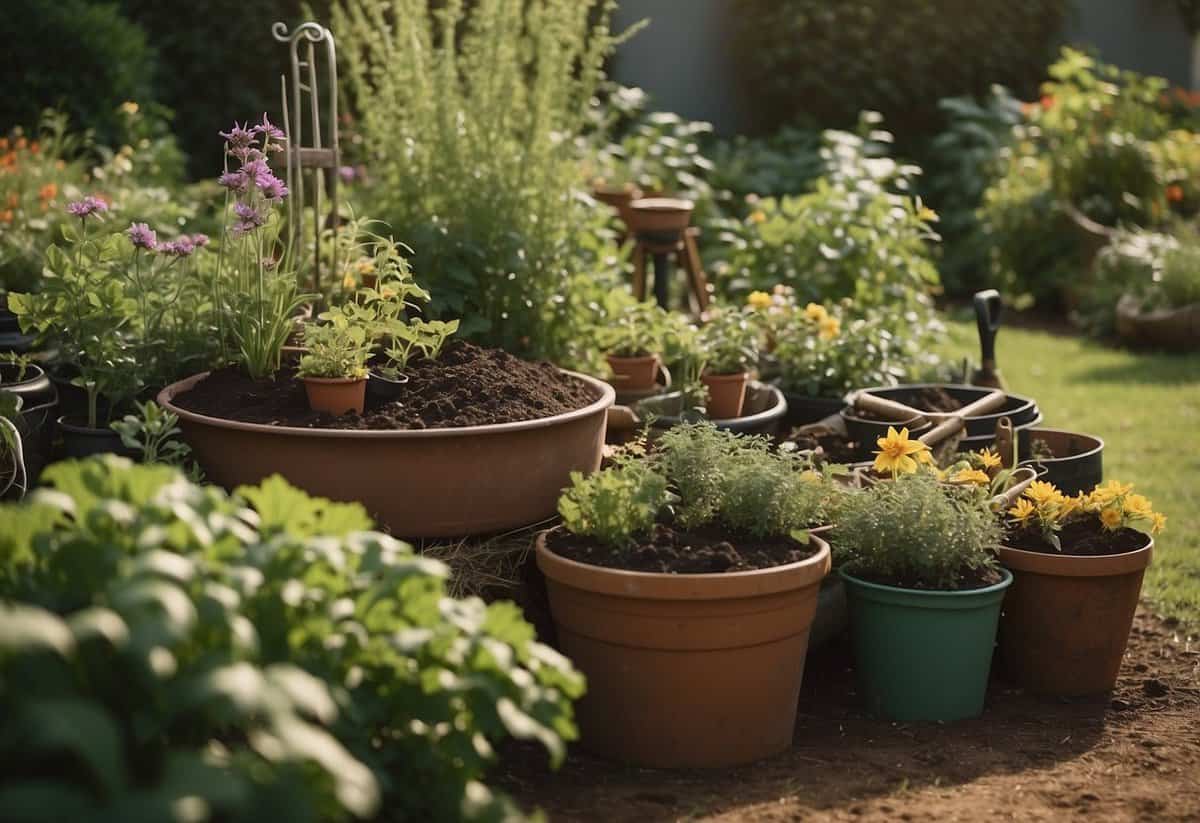What Are the Qualities of a Good Gardener? Tips from the Experts
A good gardener possesses certain qualities that make them successful in their green endeavors. Knowledge is crucial; you need to have an understanding of different plants, soils, and gardening techniques to ensure growth and health in your garden. Your experience will build over time, as gardening requires learning from both successes and missteps.

Physical activity is another key aspect. Gardening involves a lot of physical work, from planting seeds to weeding and pruning. Staying organized and efficient also helps; keeping track of planting schedules and knowing when to water or fertilize can make all the difference.
Lastly, being observant and dedicated can set you apart. By spotting pests or diseases early, you can save your plants from major issues. Your dedication to putting in the time and effort required will keep your garden thriving throughout the seasons. By honing these qualities, you can truly embrace the art of gardening and enjoy the fruits of your labor.
Fundamental Skills and Knowledge

In gardening, it’s essential to understand plant needs, master soil and fertilization techniques, recognize pests and diseases, and adapt to changing weather conditions. These skills will help you maintain a thriving garden.
Understanding Plant Needs
To be a great gardener, you need to understand what each plant in your garden requires. This includes knowing their water, light, and nutrient needs. Different plants need different amounts of sunlight; some thrive in full sun, while others prefer partial shade.
Regular observation is key. Watch for signs of nutrient deficiencies like yellowing leaves or stunted growth. This helps you make necessary adjustments. Keep records of your plants’ progress to identify patterns and troubleshoot any problems.
Mastering Soil and Fertilization Techniques
Healthy soil is the foundation of a good garden. Begin with soil testing to understand its pH level and nutrient content. Based on the results, you can decide which type of fertilizer or soil amendments are needed.
Using organic matter such as compost improves soil structure and fertility. Mulching helps retain moisture and suppress weeds. Tailor your fertilization practices to the specific needs of your plants to ensure they get the necessary nutrients for healthy growth.
Recognizing Pests and Diseases
A keen eye for pests and diseases can save your garden. Familiarize yourself with common pests like aphids, caterpillars, and slugs, as well as symptoms of diseases such as blight or powdery mildew.
Regularly inspect your plants for signs of trouble. Early detection is vital. Use natural or chemical pest control methods appropriate for the issue. Keep your garden tidy and remove any diseased plants to prevent the spread of infections.
Weather Awareness and Adaptation
Weather conditions greatly affect your gardening success. Being aware of your local climate helps you choose the right plants and actions. Monitor weather reports for frost, heavy rain, or drought warnings.
Adapt your gardening practices accordingly. For example, provide extra water during dry spells or protect plants from frost with covers. Use windbreaks for areas prone to strong winds. By adjusting to weather changes, you ensure your plants remain healthy and productive.
Personal Traits of a Good Gardener

To excel in gardening, a gardener needs specific personal traits. These traits help in dealing with the various challenges and joys that come with nurturing plants.
Patience and Persistence
Gardening is not immediate. You must wait for seeds to sprout, plants to grow, and flowers to bloom. This requires a high level of patience. You may face setbacks like pests, unideal weather, or poor soil conditions.
These issues test your persistence. Successful gardeners stay calm and focused, taking setbacks in stride. They continue to care for their plants, knowing that success takes time. This perseverance helps you learn from mistakes, tweak your methods, and ultimately garden successfully.
Passion and Joy for Gardening
Passion for gardening drives you to put in the required effort. When you love what you do, caring for plants becomes enjoyable and meaningful. This enthusiasm shows in healthier plants and more beautiful gardens.
Joy in gardening helps you stay motivated during long hours of planting, weeding, and harvesting. It also makes you appreciate the small victories, like the first bloom of the season or a bountiful harvest. Your passion shines through, making your garden a joyful and vibrant place.
Creativity and Vision
Creativity allows you to design unique and attractive gardens. Having a vision for your garden lets you plan plant arrangements, choose color combinations, and create themes. This helps make your garden not only functional but also aesthetically pleasing.
Vision could mean imagining how spaces can transform over seasons. It includes thinking ahead to create something special. Whether it’s a charming flower bed or a productive vegetable patch, your creativity shapes your garden’s personality.
Diligence and Attention to Detail
Gardening requires diligence. Regular tasks like watering, pruning, and checking for pests need to be done consistently. This regular maintenance ensures your plants remain healthy and your garden stays tidy.
Attention to detail is equally important. Noticing subtle changes in your plants can help prevent problems before they become serious. For instance, spotting yellowing leaves early can alert you to nutrient deficiencies or overwatering. This meticulous care keeps your garden thriving and beautiful.
Practical Gardening Techniques

To ensure your garden thrives, concentrate on effective watering strategies and understanding the best planting and spacing methods. These techniques are essential for maintaining plant health and maximizing yield.
Effective Watering Strategies
Watering your garden properly is crucial. Different plants need different amounts of water. Overwatering can lead to root rot, while underwatering can cause plants to wilt.
Use a soaker hose or drip irrigation system for even water distribution. These methods help prevent water wastage and ensure that water reaches the root zones. Water early in the morning to reduce evaporation and allow foliage to dry before night, preventing fungal diseases.
Observe your plants. When leaves start to wilt slightly, it’s a sign that they need more water. Keeping a regular schedule and adjusting based on weather conditions can lead to a successful, thriving garden.
Planting and Spacing Wisdom
Proper planting and spacing are critical for plant health and productivity. Using the right spacing ensures that plants get enough sunlight, air circulation, and nutrients.
When planting, follow the instructions on seed packets or plant tags for depth and spacing. Overcrowding can lead to poor air circulation, increasing the risk of diseases. For raised beds, plan the layout to maximize space while ensuring each plant has room to grow.
Practicing crop rotation can prevent soil depletion and reduce pests and diseases. By rotating crops each year, you maintain soil health and improve yields. Regular weeding and pruning help manage plant growth and keep your garden neat.
By focusing on these practical techniques, you nurture a healthier and more productive garden.
Planning and Organizational Abilities

Being a good gardener involves strategic planning and superb organizational skills. You need to design your garden layout and set specific goals to bring your dream garden to life.
Garden Design and Landscape Planning
Creating a successful garden starts with a well-thought-out design. You should consider the layout, plant types, and overall esthetics of your outdoor space. Use a garden journal to sketch plans, mark plant locations, and track your progress.
When planning your layout, think about the size of your plants and how much space they need. This helps avoid overcrowding. Consider the sunlight each plant needs and water requirements to group similar plants together. This makes maintenance easier.
Another key aspect is selecting plants that suit your climate and soil type. Research climate-friendly species and arrange them so that they thrive. A good design also includes paths and seating areas, so you can enjoy and access your garden easily. Planning ahead ensures a cohesive and beautiful garden space.
Setting Goals and Achieving Them
Setting clear goals is crucial for a thriving garden. Start by deciding what you want to achieve in your outdoor space. Whether it’s growing vegetables, creating a flower garden, or both, having a vision is essential.
Use your garden journal to list your goals and break them into smaller, manageable tasks. For example, if you’re starting a vegetable garden, your first tasks might include testing the soil, preparing the beds, and selecting seeds.
Regularly review your progress and adjust your plans as needed. This can help you stay on track and make timely decisions. Setting both short-term and long-term goals allows you to prioritize and achieve milestones, building your confidence and gardening skills step by step.
By maintaining clear goals and a structured plan, you’ll find it easier to create and nurture your ideal garden efficiently and effectively.
Continuous Learning and Improvement

To become a good gardener, you need to always learn new things and improve your skills. This includes doing research, educating yourself, and learning from your experiences and mistakes.
Research and Educational Growth
Research is key for any gardener. Reading books, watching videos, and browsing gardening websites are great ways to gain knowledge. Look for advice from master gardeners who share their wisdom freely. They can provide valuable insights into the latest gardening trends and techniques.
Gardening courses can also be beneficial. Many are available online and can cover everything from soil health to plant diseases.
Educational Growth Tips:
- Read gardening books: They provide in-depth knowledge.
- Take online courses: Learn at your own pace.
- Join gardening forums: Share experiences with others.
Learning from Experience and Failure
Gardening involves trial and error. You will face challenges, but these present opportunities to learn and improve. Pay attention to what works and what doesn’t. Maintain a gardening journal to note down your successes and failures; this can be a valuable tool for future reference.
Don’t be afraid to try new techniques or plants. If something doesn’t work, reflect on why it failed and how you can adjust your approach next time. Learning from your failures is as important as celebrating your successes.
Tips for Learning from Experience:
- Keep a journal: Track what you do each season.
- Experiment: Try new methods and plants each year.
- Reflect: Analyze what didn’t work and why.
By focusing on continuous learning and improvement, you will grow as a gardener and enrich your gardening experience.







